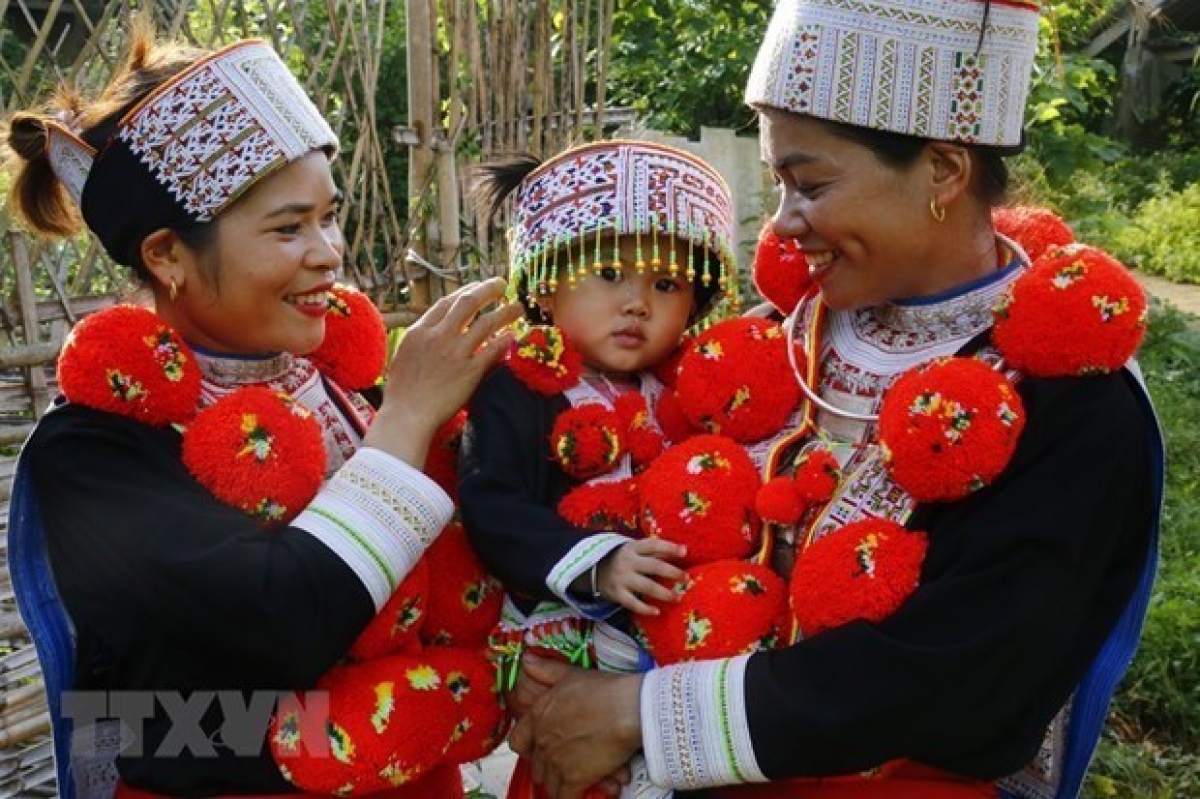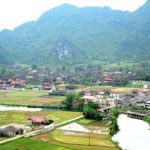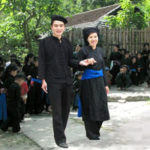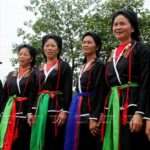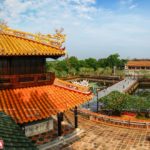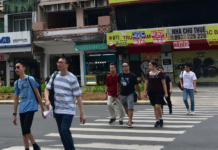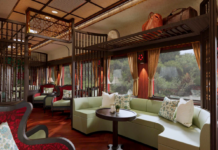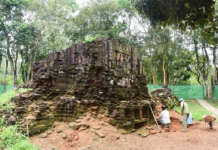One of the groups of people in Vietnam is the Dao ethnic minority, who mostly live in the mountainous northern provinces of Tuyen Quang, Cao Bang, Ha Giang, and Lang Son. The Red Dao, a subgroup of the Dao people, are well-known for their vibrant traditional outfits that make a lasting impression on visitors.
Tuyen Quang is home to nearly 91,000 Dao people from nine different subgroups, with the Red Dao people living mostly in the districts of Na Hang and Lam Binh.
For the Red Dao people, the way they dress is more than just an expression of their cultural identity; it symbolizes their ethnic identity and sets them apart from others. The traditional clothing of the Red Dao is characterized by its vibrant red hue, which is believed to bring luck, happiness, prosperity, and positive energy to all who wear it. The bright color is a reminder of their connection to their culture and heritage, and a visible representation of their unique identity.
The traditional Red Dao art of costume decoration in Tuyen Quang’s districts of Na Hang, Lam Binh, Chiem Hoa, Ham Yen, and Son Duong was recognized by the Ministry of Culture, Sports, and Tourism as a national intangible heritage last year.
This traditional art has a long history that dates back centuries. In the remote villages of the Red Dao people, women still use their skills to craft traditional clothing for themselves and their family members. Every item they create is imbued with a sense of pride, as it is not only aesthetically pleasing but also steeped in culture and tradition.
It is said that the traditional costume of the Red Dao is the most renowned of all in Vietnam, boasting a distinctive outfit that includes a tunic, trousers, headscarf, cloth belt, and jewellery.
There are five colors—red, blue, white, yellow, and black—that are essential for creating a traditional Red Dao costume, with red being the most prominent.
With women’s clothing, the most important piece is the classic long indigo or black tunic. This blouse, divided into four parts, reaches down to mid-thigh, and is accompanied by an ornate belt with brightly-colored tassels. The tunic’s front and cuffs feature intricate brocade patterns, composed of colored trees, flowers, mountains and animals. The trousers are usually plain black and tailored with geometric patterns, such as squares, rectangles, pine trees and rhombuses adorning the lower parts.
It is decorated with vibrant patterns and embroidery. The Red Dao people believe that these patterns and motifs bring them good luck and protection. The headscarf is usually made of cotton, silk, velvet, or a combination of these fabrics. Some people wear them with a conical hat, which is decorated with coins, beads, and shells.
The most eye-catching feature of the Red Dao people must be their colorful headscarf, which sets them apart from other ethnic minorities. The headscarf is thicker and larger than most others, and is decorated with vibrant patterns and embroidery. The Red Dao believe these patterns and motifs bring them good luck and protection. The headscarf is usually made from fabrics such as cotton, silk, velvet, or a combination of the three. To complete the look, some people wear a conical hat adorned with coins, beads, and shells.
All the intricate patterns of the traditional Red Dao costume are hand-sewn by Red Dao women, taking an incredible amount of time and effort. On average, it requires at least one year to complete a costume, with some taking up to two years. Yet, despite being highly individualised, each decorative pattern conveys a strong cultural message.
The Red Dao girls are taught from a young age how to embroider and sew, as these skills are essential for them to attract a future husband and demonstrate their worth to their families-in-law. From the age of nine or ten, these Red Dao girls are taught the art of embroidery and sewing, which they will use to gain the admiration of their prospective spouses and prove their value as a wife to their extended family.
Men’s traditional outfits are typically less complex, often consisting of only a headscarf, a short tunic, and trousers.
This is a sign of respect and is thought to have originated in the ninth century.
Red Dao costumes vary significantly by region. For example, the way in which Red Dao people wear tunics, headscarves, belts, and other accessories can vary greatly. In some areas, Red Dao people wear a string of nine or 11 large red cotton balls around their neck. This is a sign of respect and is believed to have originated as far back as the ninth century.
They often dress in their most vibrant and colorful outfits during traditional festivals, for weddings, or when welcoming special guests to their home.
Tapping the values of UNESCO-recognized world heritages
Vietnam has a rich and storied treasure of natural and cultural heritages which are the pride of every Vietnamese. The country has attached great importance to conserving and promoting its heritages, which not only bring in tourism revenue but more importantly show the image of a Vietnam with a long history and rich culture.

